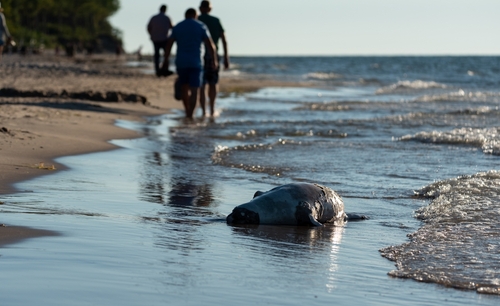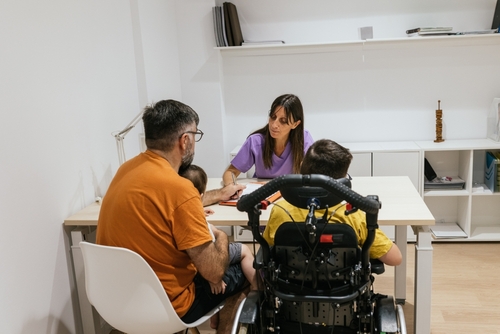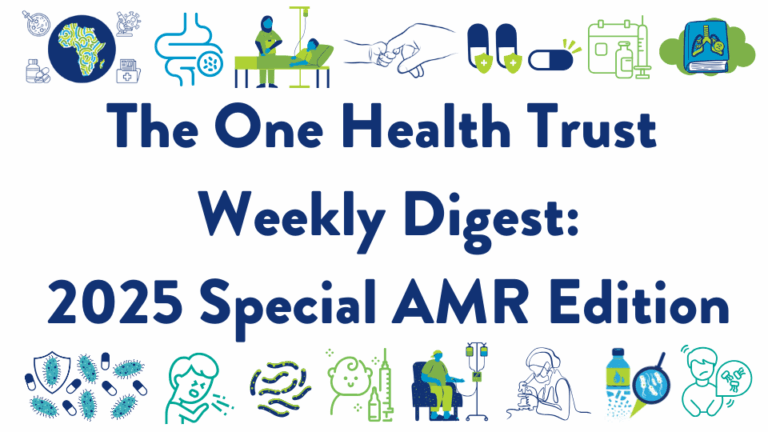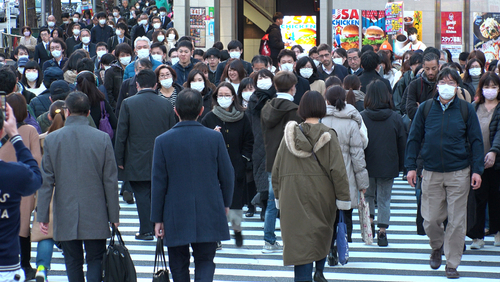September 01, 2024

The global economic burden of Alzheimer’s disease and other dementias
One Health Trust researcher, Arindam Nandi, co-authored a macroeconomic modeling study that estimated that Alzheimer’s disease and other dementias (ADODs) will cost the world’s economy 14,513 billion international dollars from 2020 to 2050. According to the study’s projections, Japan, China, and the United States will face the greatest economic burden due to ADODs, while low- and middle-income countries will experience the greatest burden of informal care for ADODs. [The Lancet Global Health]
Current vaccine candidates for avian influenza virus
Since the most recent outbreak in 2024, experts have called for increased preparedness for a potential avian influenza pandemic. A review summarizing the current landscape of vaccines authorized for human use against avian influenza virus strain H5N1 found that, despite the abundance of influenza vaccine manufacturing processes, only 2 percent of the world’s manufacturing capacity lies within low- and middle-income countries. This disparity creates inequities in national efforts to sufficiently stockpile vaccine doses, prepare for a future pandemic, and protect the health of human and animal populations. [International Journal of Molecular Sciences]
Black and Hispanic parents in the United States rely on healthcare providers and peers for HPV vaccine information.
A qualitative study explored inequalities in the access to and use of information related to human papillomavirus (HPV) vaccination among Black and Hispanic parents of adolescents in the United States. Healthcare providers, parent peers, and cellphone-based media were commonly sought and highly desired sources of information among participants. Information-seeking behaviors related to HPV vaccination were especially prevalent among Black mothers, who generally reported medical mistrust due to the historically unjust treatment of Black patients in the United States. [Journal of Health Communication]
Hyperthermophilic composting is associated with reduced concentrations of drug-resistant bacteria and genes.
A modeling study found that the hyperthermophilic composting method (which uses recycled compost containing hyperthermophilic microbes to raise the compost temperature) significantly decreased the abundance of AMR bacteria (specifically Escherichia coli) and antibiotic-resistant genes (ARGs) in a composting simulator and on a field dairy farm. These findings suggest that raising the compost temperature to 75°C (compared to the usual 50-70°C) in a composting simulator could eliminate potentially pathogenic microorganisms and ARGs. [Waste Management Bulletin]
Direct and indirect impacts of the 13-valent pneumococcal conjugate vaccine in Mongolia
Cross-sectional surveys of young children in Ulaanbaatar, Mongolia, revealed that the introduction of the 13-valent pneumococcal conjugate vaccine (PCV13) was associated with a 71 percent reduction in PCV13 serotype carriage among toddlers aged 12-23 months old (adjusted prevalence ratio: 0.29). In infants too young to be vaccinated, the 67 percent decrease in PCV13 serotype carriage (aPR: 0.33) in the final post-PCV13 period compared to the pre-PCV13 period highlights the significant indirect impact of the vaccine. [Nature Communications]
Estimating the burden of vaccine-preventable disease in Spain
Using the Burden of Communicable Diseases in Europe methodology, researchers in Spain determined the total burden of 12 vaccine-preventable infectious diseases in Spain. The overall annual health burden was estimated at 163.43 annual disability-adjusted life-years per 100,000 population. Respiratory infections accounted for approximately 90 percent of the total burden, with influenza and respiratory syncytial virus incurring the greatest morbidity and mortality in the Spanish population. [BMC Infectious Diseases]
Hospital faucets and drains host similar microbial communities.
A gene amplicon sequencing study found that the biofilm prokaryotic communities of hand basin faucets and drains tested in Australia varied significantly between hospital and residential sampling sites. These communities were highly diverse and contained corrosive, biofilm-forming, and potentially pathogenic genera, including Pseudomonas, Legionella, and Staphylococcus. No significant difference was observed between the biofilm communities of hospital drains and faucets, indicating that microorganisms are frequently transferred between the faucets and drains of hospital hand basins, potentially increasing the transmission risk of healthcare-associated infections. [Science of the Total Environment]
Combatting trypanocide resistance using a One Health approach
Experts are calling for a One Health policy to address the rising resistance to drugs available to treat human African trypanosomes (HAT) and animal trypanosomiasis (AAT) in low- and middle-income countries. A successful One Health approach to HAT and AAT control in Uganda combined the delivery of insecticides and trypanocides to cattle and reduced the local burden of HAT. To effectively address trypanocide resistance, future work must leverage stakeholder collaboration across sectors at the national and regional levels. [One Health]
Underreporting of marine mammal deaths may hide emerging threats at the One Health interface.
A systematic review spanning literature from several countries that border oceans (such as Central American nations, Chile, China, and India) found that most reported marine mammal fatalities occurred solely in Europe and North America. These findings highlight the underreporting of virus-caused marine mammal deaths in many ocean-adjacent countries, likely due to constrained surveillance resources and data reporting. As marine mammals serve as sentinels for environmental changes and other health threats, improved surveillance would not only protect these species but also mitigate the risk of global zoonotic spillover events. [One Health]
The need for more urban green spaces to promote One Health
A One Health scoping review analyzed 50 studies focusing on mental health, urban green spaces, and biodiversity. The review highlights the restorative capacity of green spaces and urban biodiversity and the important role that ecological knowledge among the public plays in conservation. More urban green spaces are needed to promote biodiversity awareness in cities and foster public understanding of the One Health concept. [Urban Forestry & Urban Greening]
Image from Shutterstock











